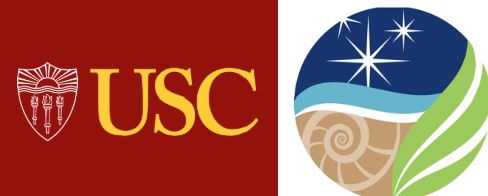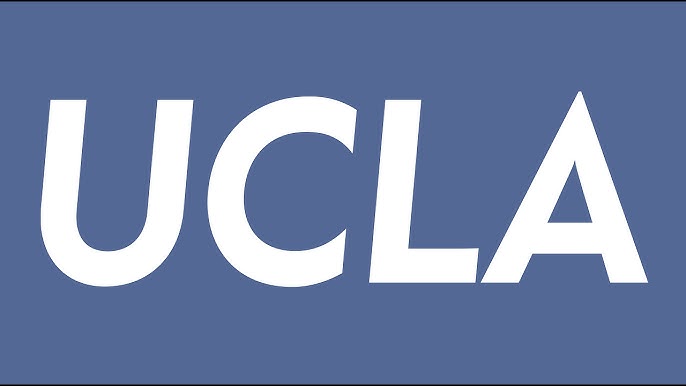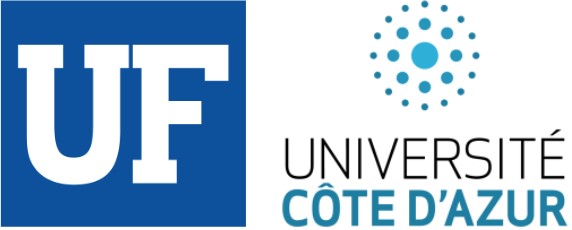Hi, I'm Jeisson Pulido.
A
I am a second year USC Graduate Student interested in galaxy formation and evolution using the Semi-Analytical Model Galacticus. Some institutions I’ve worked with are the Center for Astrophysics: Harvard-Smithsonian, UCLA, LISA Interferometer Consortium at Côte d'Azur Observatory., and presently with Carnegie Observatories.
About
I am a researcher and graduate student at USC originally from Colombia with broad interests in Astronomy/Cosmology, Machine Learning, and crossover between these two fields. I have resided in this country for about ten years and gained the LAUSD seal of biliteracy (Spanish and English) within two years in the US while attending Carson High School. In my earlier years, I participated in theatre musicals where I played the lead role (Beauty and The Beast), tutored students at the Boys and Girls Club, and assisted teenagers with college-related tasks. Throughout my undergraduate studies at California State University: Dominguez Hills, I worked as a tutor for lower (and some upper) division courses in Physics, Mathematics, and Philosophy. I also volunteered at the Los Angeles Food Bank (during and after the pandemic) and the Point Vicente Light Garden. For hobbies, I like to learn about a variety of subjects: Including Philosophy and History (and specifically also History of Science). I also listen to a wide range of music and I jog/play football very frequently (I am left-handed).
- Languages: Python, Matlab, Autoplot, HTML
- Libraries: Some are Pandas, Matplotlib, Numpy
- Interests: PyTorch, TensorFlow, Keras
I am not proficient in the frameworks mentioned as "Interests", but I am actively learning them.
Experience
- Utilizes Semi-Analytic Model Galacticus to properly run on both the USC Supercomputer (CARC) and local computer.
- Extracts and manipulates the generated HDF5 files into a Python environment (i.e. jupyter notebook) to analyze/visualize the data.
- Computes and Compares JWST Luminosities at a variety of high-z redshifts while changing different astrophysical parameters built into Galacticus.
- Aims to create user-friendly templates to plot these JWST luminosity functions downloaded from Galacticus’ HDF5 files. (Soon on Github), as well as to simplify their respective defined functions within Python in jupyter notebook.
- Tools: Python, jupyter notebook, Galacticus, HDF5 Command Tools, WSL
- Computed Gluon Density Distributions for proton-nucleus collisions in the Color Glass Condensate Framework of Quantum Chromodynamics (QCD) using a jupyter notebook.
- Solve different QCD models for Gluon Density Distributions both numerically and analytically using Hankel Transform. I worked on this with the Fortran-written LHAPDF tool for Parton Distribution Functions in high-energy physics.
- Aimed to implement the LHAPDF framework for efficient small x calculations in the Color Glass Condensate
- Analyzed and aimed to implement previous code written by graduate students of LHAPDF cross-sections in proton-proton collisions.
- Tools: LHAPDF, Matlab, Python, Jupyter Notebook, Mathematica
- Performed noise and gain characterization of European Space Agency’s LISA photoreceivers prior to irradiation in both dark and light conditions. These measurements were done with different manufacturers of the component.
- Troubleshoot and recorded data from the oscilloscope reading photoreceiver voltages and our spectrum analyzer which was incharge of our noise.
- Carried out the data analysis for different photoreceiver diameters and manipulated the data in Matlab, Python, and Excel.
- Reported results to the LISA Consortium in charge of the testing and development of LISA interferometer.
- Tools: Python, Matlab, Excel, Anaconda
- Analyzed and troubleshooted with Matlab-written Grad Shafranov code which aims to use NASA’s Parker Solar Probe in-situ measurements to identify flux ropes in the Heliospheric Current Sheet (HCS).
- Visualize the data using Autoplot and other tools widely used in heliophysics, as well as reporting the results to the AGU Conference in 2021.
- Attended informative Harvard and NASA workshops on programming, professional development, and public speaking. I also presented this project to scientists and professors at CfA.
- Tools: Matlab, Autotplot
- I tutored students and hosted instruction sections for Pre-Calculus, all Calculus courses, General Physics, General Chemistry and Philosophy/Critical Thinking
Projects
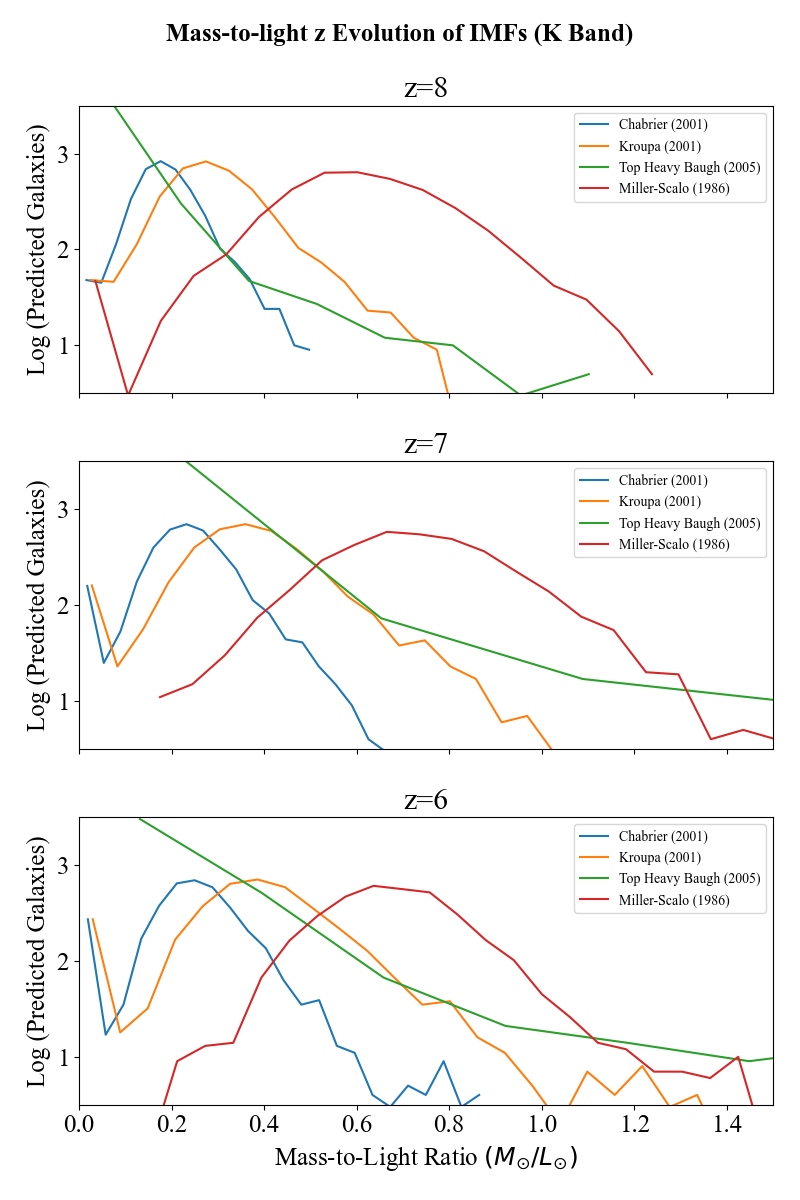
- Galacticus can generate UV Luminosity Functions (UVLF) at different redshifts using a variety of astrophysical parameters that control the growth of halos assuming a fiducial cosmology. These parameters have been studied (i.e. star formation rate and stellar-feedback driven outflows), and population synthesis, as well as astrophysical inference have been performed to the observed UVLF of high-redshift JWST galaxies (Driskell, 2024). In preparation for this research, I have reproduced these results to become familiar with this work before advancing into extending this approach. My present objective is now to perform a similar population synthesis and astrophysical inference, but now varying the Initial Mass Function (IMF) from Galacticus and later model the post-processing dust contamination when plotting UVLFs.
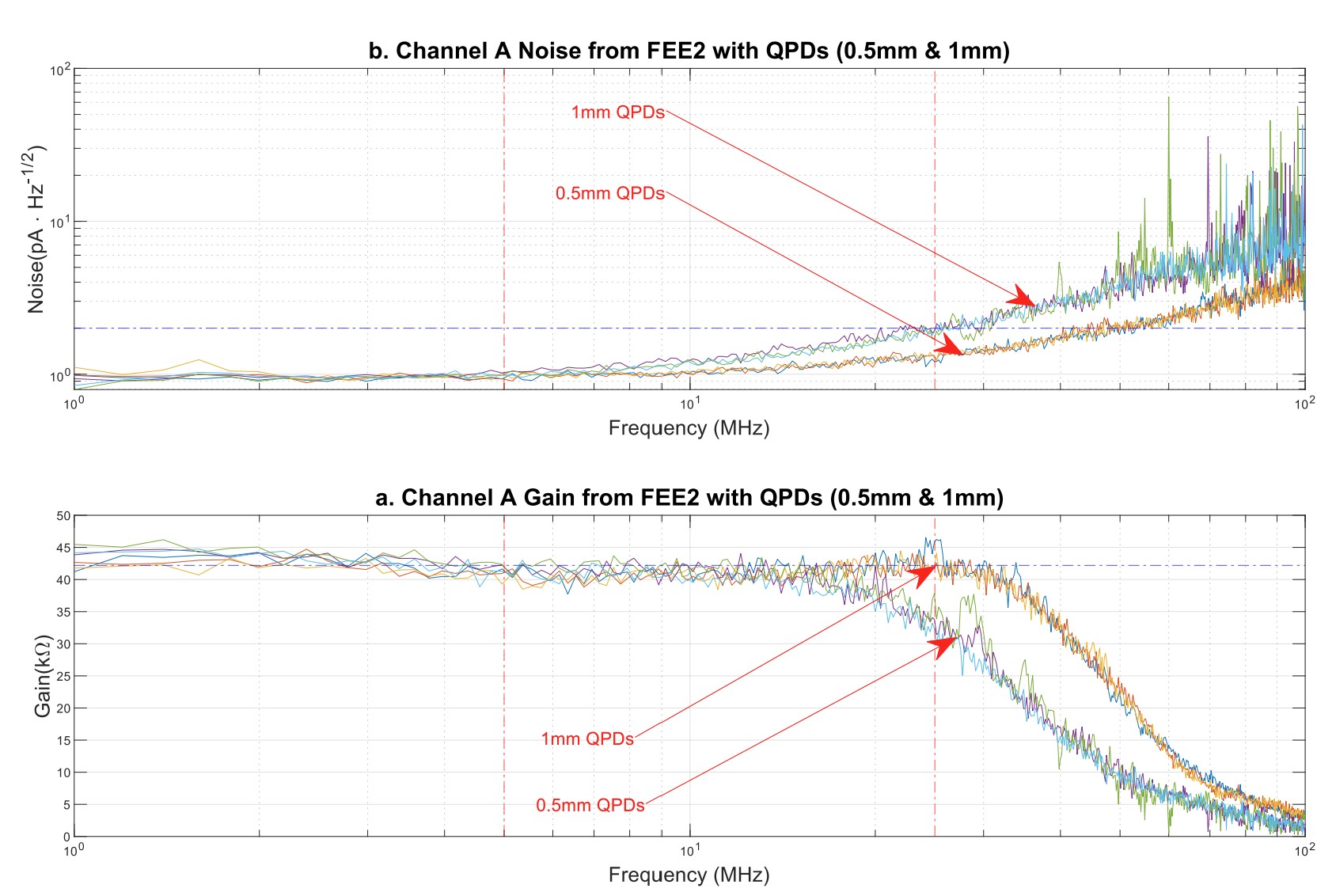
- Photoreceivers are one of the most fundamental components of the Laser Interferometer Space Antenna (LISA) instrument for the detection of gravitational waves. The photoreceivers will be installed on LISA optical benches and they will measure LISA optical heterodyne signals. They must feature low noise to allow a good signal-to-noise ratio. This report presents the important electrical characteristics of the photoreceivers such as noise, gain and bandwidth. The experimental and data analysis methodology is presented. Measurement set-up stability and the reproducibility of the measurements are discussed. This work was performed on different photoreceivers prior to proton irradiation.

- The Heliospheric Current Sheet (HCS) is a region of the heliosphere that contains multiple flux ropes/plasmoids generated through magnetic reconnection and originated from helmet streamers. Parker Solar Probe (PSP) data is used to identify a transit of vicinal flux ropes when the spacecraft navigates through the HCS. We then use the Grad-Shafranov method to solve for the impact parameter and the flux rope axis. The local orientation and thickness of the HCS is ambiguous in PSP crossings because of its natural single-point measurements, however, we utilize the orientation and centroid locations of such several flux ropes occupying the HCS to infer the local current sheet geometry
Awards
National Science Foundation - Graduate Research Fellow
CSU Trustees: Award for Outstanding Achievement
Cal-Bridge Scholar
Other
Education
University of Southern California
Los Angeles, California
Current year: Second Year Grad Student in Cosmology/Physics (2023-Present)
California State University: Dominguez Hills
Carson, California
Degree: Bachelor of Science in General Physics (2018-2023)
CGPA: 3.82/4.00
- E&M 1 and 2
- QM 1 and 2
- Computational methods for Physicists
- Advanced Laboratory
- Optics, Classical Mechanics, Thermodynamics
Relevant Courseworks:
